During the 2015 White House Science Fair, former President Barack Obama opened by stressing the potency of inquiry and wonder:
… young scientists and engineers teach us something beyond the specific topics that they’re exploring. They teach us how to question assumptions; to wonder why something is the way it is, and how we can make it better. And they remind us that there’s always something more to learn, and to try, and to discover, and to imagine — and that it’s never too early, or too late to create or discover something new.
That’s why we love science. It’s more than a school subject, or the periodic table, or the properties of waves. It is an approach to the world, a critical way to understand and explore and engage with the world, and then have the capacity to change that world, and to share this accumulated knowledge. It’s a mindset that says we can use reason and logic and honest inquiry to reach new conclusions and solve big problems. And that’s what we are celebrating here today with these amazing young people (President Barack Obama, March 23, 2015).
Obama applauded our youth for their approach to seeing the world and ability to spark a future of change.
STEM (science, technology, engineering, and mathematics) — is a field historically viewed as a “boys club.” But let’s face it; dinosaurs no longer roam the Earth.
Over the past 50 years, women have quite literally changed the course of history — but we have leaps and bounds to go. We are very slowly but surely moving into a more inclusive society where every person, no matter their age, gender, race, or background, has a voice, a seat, and feels heard.
Due to the technological advances of the past decade, STEM jobs in the United States have tripled compared to non-STEM jobs and will continue to rise.
Women remain underrepresented in engineering (14 percent), computer (25 percent), and physical science (39 percent) occupations. However, women make up three-quarters of health care practitioners and technicians.
In order to bridge the gap for women in STEM, the conversation needs to change and all existing gender biases need to be eliminated.
A report from the Girl Scout Research Institute on girls’ attitudes toward STEM states, “Outdated stereotypes and feelings of insufficiency can hold girls back. Social psychological research shows that the stereotype that girls are not as good as boys in math can have negative consequences. When girls know or are made aware of this stereotype, they perform much more poorly than boys; however, when they are told that boys and girls perform equally well on a test, there is no gender difference.”
In fact, the American Association of University Women found that high school girls and boys perform at the same level in math and science. Additionally, high school girls earn more math and science credits and accumulate higher GPAs across the two subjects.
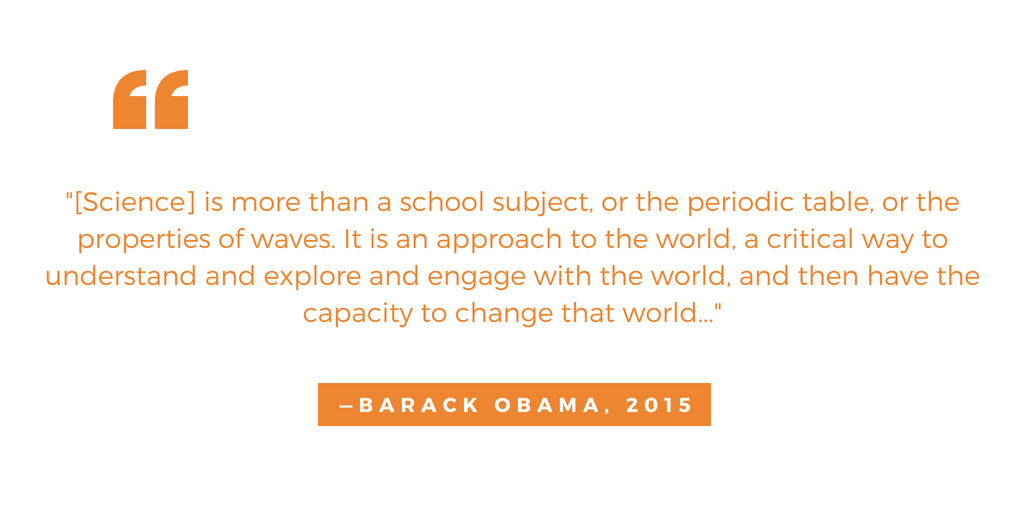
One of the biggest disrupters in the disparity of women in STEM is the insertion of mentorship.
“An important first step is to introduce girls and young women to positive female role models in these fields. Girls who know a woman in a STEM profession are substantially more likely to feel empowered when they engage in STEM activities (61 percent) than those who don’t know a woman in a STEM profession (44 percent),” according to a study by Dr. Shalini Kesar and Microsoft.
Accenture’s report, Women in Technology: Leaders of Tomorrow, found a strong correlation between having a role model and having C-Suite aspirations.
In the same vein, from July 15-21, the Exelon Foundation hosted the inaugural HeForShe STEM Innovation & Leadership Academy in partnership with the United Nations Women’s HeForShe campaign. The weeklong event held at the Illinois Institute of Technology campus brought together 50 girls from high schools across Chicagoland to learn about opportunities in STEM, interact with industry leaders, engage in hands-on activities, and discuss the importance of women in leadership roles. Among activities was an interactive panel discussion with five female thought leaders.
The leadership panel featured Melissa Bean, Chairman of the Midwest, JPMorgan Chase; LaTanya McDade, Chief Education Officer, Chicago Public Schools; Celena Roldán, CEO, American Red Cross, Chicago & Northern Illinois; Anne Pramaggiore, Senior Executive Vice President & CEO, Exelon Utilities; and the panel moderator, Amy Best, SVP & Chief HR Officer, Exelon.
The motivating week united women of all ages, passions, and fields to come together and empower the next generation of women thinkers and makers.
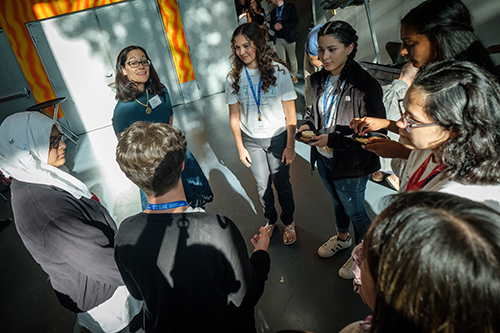
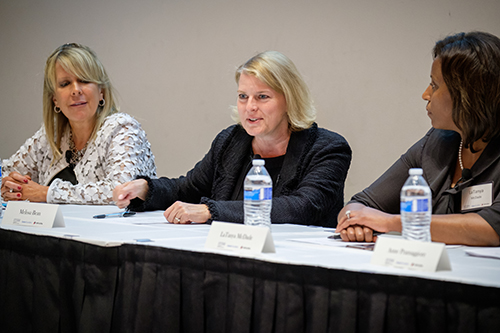
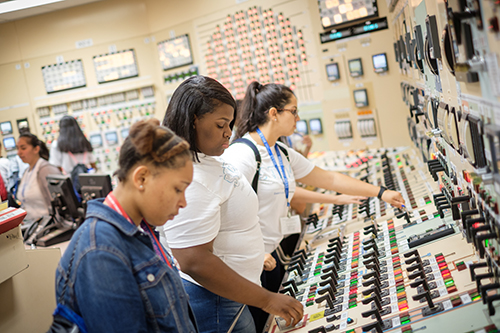
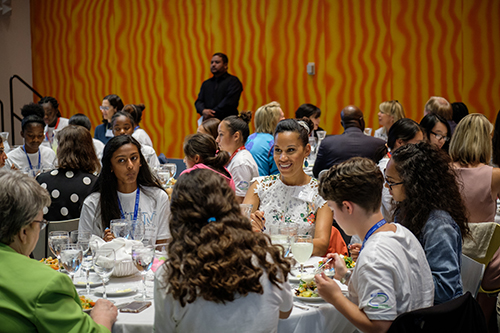
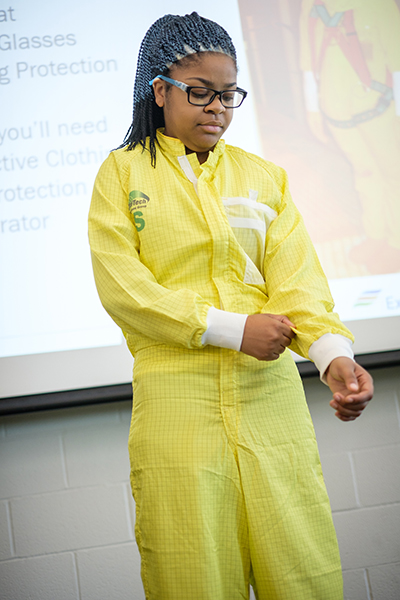
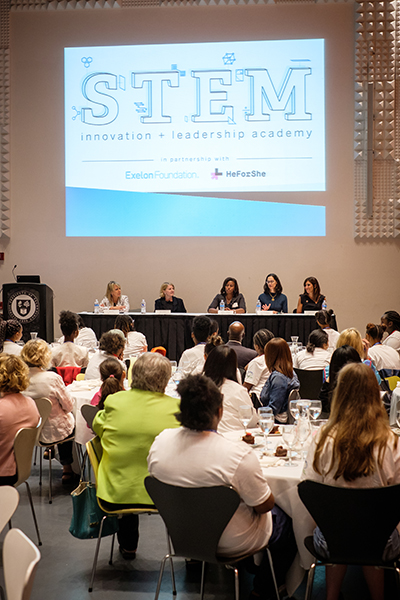
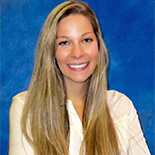 Emily Stone is Associate Editor at Make It Better. She earned a degree in journalism from Elon University in North Carolina. Along with writing, Stone has a passion for digital storytelling and photography. Her work is published in Chicago Athlete Magazine. Stone is a supporter of St. Jude Children’s Research Hospital and the National Multiple Sclerosis Society. Stone is a fluent Spanish speaker who in her free time loves a good dance class.
Emily Stone is Associate Editor at Make It Better. She earned a degree in journalism from Elon University in North Carolina. Along with writing, Stone has a passion for digital storytelling and photography. Her work is published in Chicago Athlete Magazine. Stone is a supporter of St. Jude Children’s Research Hospital and the National Multiple Sclerosis Society. Stone is a fluent Spanish speaker who in her free time loves a good dance class.

